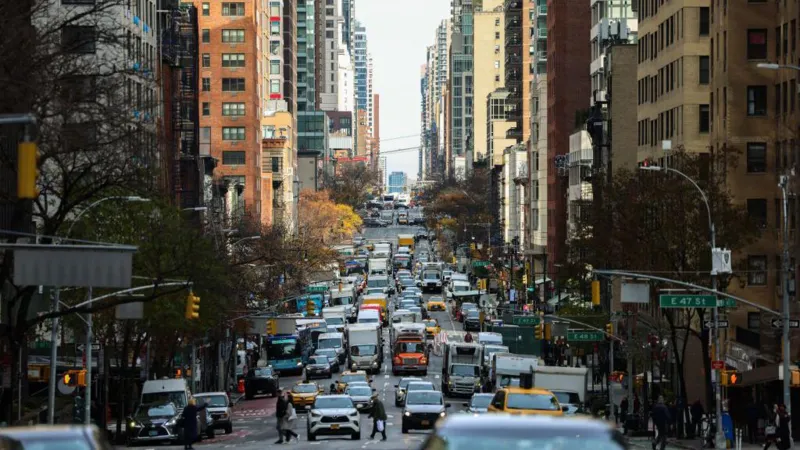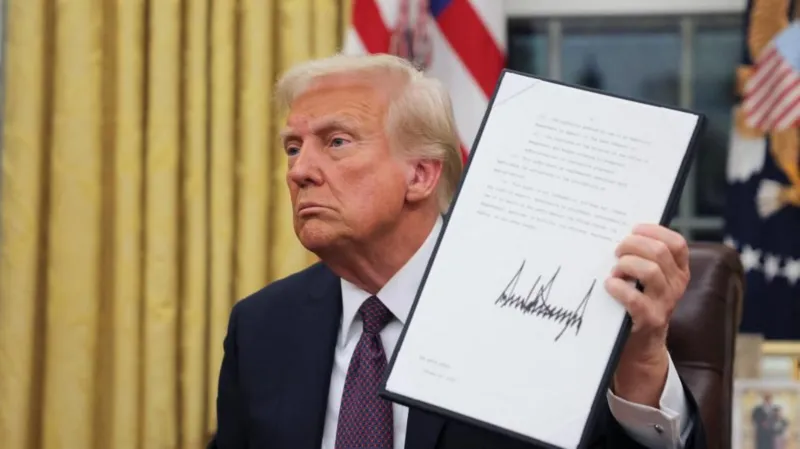New York City has made history by becoming the first city in the United States to adopt a congestion pricing system, a groundbreaking measure aimed at reducing traffic congestion, improving air quality, and generating funds for public transportation. The initiative, long discussed and often debated, reflects New York’s commitment to addressing urban mobility challenges in one of the world’s busiest cities.
The congestion pricing plan will require vehicles entering Manhattan’s central business district, defined as the area south of 60th Street, to pay a toll. While the specific rates are yet to be finalized, they are expected to vary depending on the time of day, with higher charges during peak hours. Exemptions and discounts are being considered for certain groups, including residents, emergency vehicles, and individuals with disabilities.
The implementation of congestion pricing serves multiple objectives. First, it is designed to ease traffic flow in one of the densest urban areas in the world, where gridlock has long been a daily struggle for commuters and residents alike. The system also aims to significantly reduce greenhouse gas emissions by discouraging unnecessary car trips and encouraging the use of public transit, biking, and walking.
Additionally, the funds raised through the tolls will be directed towards much-needed upgrades to New York City’s transit infrastructure. The Metropolitan Transportation Authority (MTA), which oversees the city’s subway, bus, and commuter rail systems, plans to use the revenue to modernize aging systems, expand service, and improve overall reliability. This is especially critical as the city grapples with increasing demand for sustainable and efficient transit solutions.
The concept of congestion pricing is not new. Cities like London, Stockholm, and Singapore have successfully implemented similar systems, reporting reduced traffic congestion, cleaner air, and increased use of public transit. However, New York’s adoption of the system marks a significant shift in transportation policy for the United States, setting a precedent for other cities that face similar challenges.
Despite its potential benefits, the plan has not been without controversy. Critics argue that the tolls could disproportionately impact low-income drivers who rely on their cars for work, particularly those living in areas with limited public transit options. Others worry about the economic effects on businesses that depend on vehicle deliveries or customer access. In response, city officials and advocates of the plan emphasize the importance of balancing equity concerns with the overarching goal of improving quality of life and reducing environmental harm.
The rollout of congestion pricing is expected to begin in 2024, following extensive planning and public engagement. Authorities are working to fine-tune the system to ensure a smooth transition, address community concerns, and maximize the program’s effectiveness.
As New York embarks on this bold experiment, the eyes of other major U.S. cities, such as Los Angeles, San Francisco, and Chicago, will undoubtedly be watching closely. If successful, New York’s congestion pricing system could inspire similar initiatives nationwide, transforming urban mobility and paving the way for a more sustainable future.
In a city that thrives on its ability to innovate and adapt, congestion pricing represents a significant step towards creating a cleaner, more efficient, and more livable urban environment. While challenges remain, New York’s decision signals a willingness to embrace forward-thinking solutions to some of the most pressing issues of modern urban life.

 Fashion4 months ago
Fashion4 months ago
 Sports5 months ago
Sports5 months ago
 Fashion4 months ago
Fashion4 months ago
 Learning3 months ago
Learning3 months ago
 News3 months ago
News3 months ago
 Technology5 months ago
Technology5 months ago
 News4 months ago
News4 months ago
 Hot News2 months ago
Hot News2 months ago









